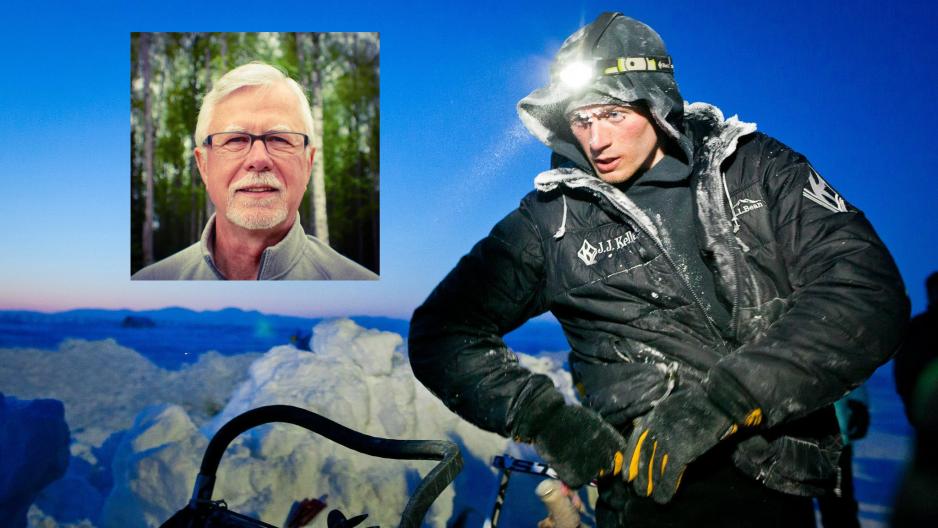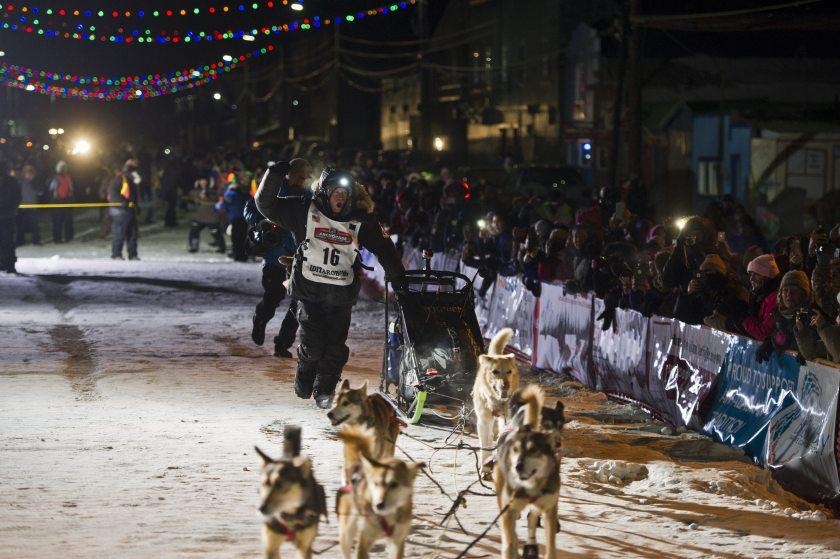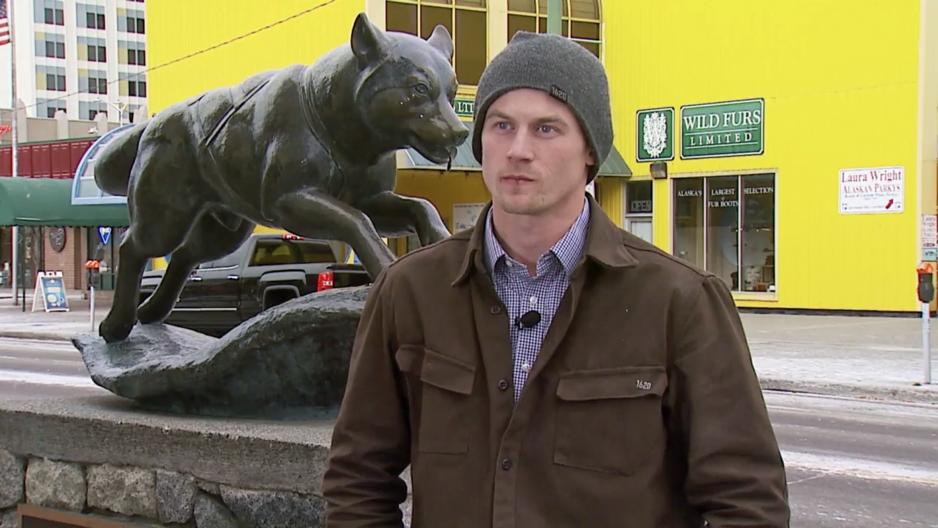Does Not Exclude PETA From Iditarod Suspects List

The large doping scandal shaking the world’s longest sleddog race – the Iditarod – has recently shaken Alaska. – Please note that PETA is very high on our list of organizations who has stated that they would love to see our event end, says Iditarod spokesperson Chas St. George.
- You are probably aware of PETA’s reputation regarding how they do what they do. Please note that PETA is very high on our list of organizations who has stated that they would love to see our event end, says St. George.
- Does the Iditarod believe that an organization like PETA could have provided prohibited substances to Dallas Seavey’s dogs during the Iditarod 2017?
- I believe they have demonstrated in the past that they would go to extremes to make that happen, says St. George.

Strong criticism against the Iditarod
Following the doping scandal, musher and multiple Iditarod winner Dallas Seavey went public. While maintaining his innocence in having provided his dogs with prohibited substances, he also strongly accused the ITC organization and its managing of the case.
- Dallas Seavey has every right to address the media, says St. George.
He further says that the ITC is now working towards solutions and procedures for doping testing dogs.
- We hope to work with the IOFC in order to ensure a safe environment for the four-legged athletes, says the Iditarod spokesperson.
- We have a solid and robust system for conducting doping tests on dogs during the Iditarod, St. George says and refers to a former statement accounting for the procedures followed after the race where dogs were tested according to the rules and regulations.
The only difference from other doping tests is that Dallas Seavey specifically asked the organization to wait six hours before taking urine samples.
- Prior to the 2017 race, the musher asked that we postponed taking the tests, explaining that other tests were to be taken and that the dogs had to be well rested before the next tests were due. This was approved by chief veterinarian Stu Nelson and we waited six hours before the urine samples were taken, St. George tells.

No rules are violated
According to St. George, there is no evidence that Dallas Seavey has drugged his dogs or done anything wrong.
- The fact is: The ITC Board of Directors determined there was no proof of any wrongdoing on Dallas Seavey’s part. He was not penalized, sanctioned, there was no loss of earnings, and he was welcomed to run in 2018. Unfortunately, after we released his name on October 23, Dallas made the decision to withdraw from the race, St. George says.
When Dallas Seavey posted his video to YouTube, he said he would withdraw from next year’s Iditarod because he expected to be sanctioned based on the so-called ‘gag rule’. This refers to rule 53 of the Iditarod, which bans participants from making public statements about the race for a period lasting from their signing up for the race until 45 days of the final participant finishing the race.
- He did not break rule 53, says St. George.
In addition, Dallas Seavey was clear that the board of the Iditarod had to step down before the race could once again develop in a positive direction. Only then would he participate again.
- This is not applicable, St. George says.
Changing doping regulations
For 24 years, the Iditarod has practiced its own doping control regime. Following the failed test this year the organization changed the rules. This also provoked Seavey. The regulations were changed so that the musher himself or herself is responsible if the dogs fail a doping control.
- This is the first positive doping test since we started our test program. The Iditarod decided that rather than attempting to enforce a potentially ambiguous rule under uncertain circumstances, that it would be best for all interests involved – including the mushers, sponsors, fans and the general public – for it to rewrite its canine drug test rule to adopt a bright line strict liability standard, says St. George.
- I have no way of proving that I did not drug my dogs, Dallas Seavey said in his YouTube video.
- ITC anticipates that the new version of Rule 39 will offer certainty to the race and mushers concerning standards and obligations. It is also important to note that the ITC researched a number of national and international events that employ best practice models as a part of their drug testing protocols. The overwhelming majority of these associations and events place the level of intent on the owner or individual participating in the event of a positive drug test, says St. George.
